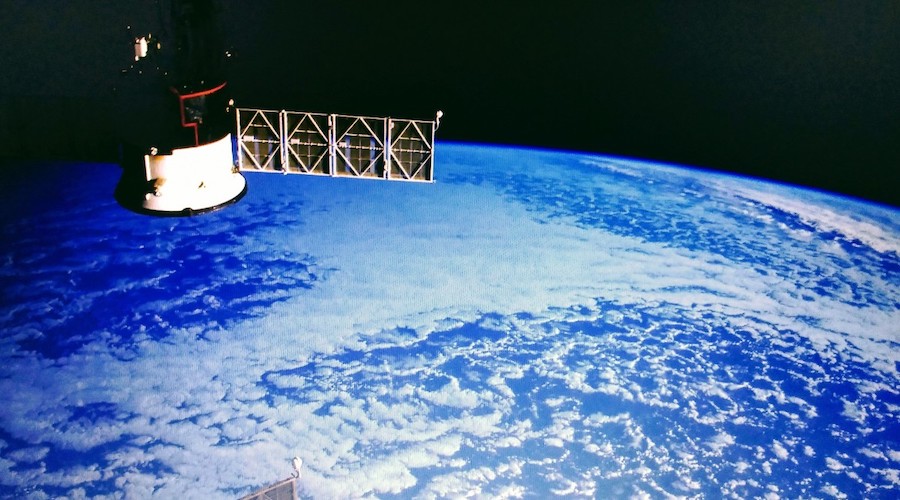
The new system has been designed to leverage OSK’s previous experience collecting and analyzing hyperspectral data to support operations in the energy, mining, and defence sectors.
In the specific case of mining and energy, Aurora is expected to allow for global-scale subterranean mineral identification, surveying and monitoring.
Aurora is expected to allow for global-scale subterranean mineral identification, surveying and monitoring
According to OSK, the goal is to back sustainable mining practices, clean energy resource exploration, and the expansion of contracts and pilot program opportunities for oil and gas pipeline monitoring and methane mapping.
The satellite is also expected to provide remote sensing data, advanced analytics tailored to industry requirements, rapid and actionable reporting to decision-makers, and even a mechanism for standardized data integration.
“While we have begun reaching out to specific mining operators to explore pilot programs later in 2021, we’re enthusiastic about the International Council on Mining and Metals’ upcoming Vendor Engagement for Tailing Storage Facility Monitoring Technologies program,” Dan Katz, CEO and co-founder of Orbital Sidekick, told MINING.COM. “If selected, we believe OSK offers a solution addressing several of the specific challenges identified by ICMM to the mining industry’s current performance monitoring systems.”
Katz also said that the Aurora satellite is a 30-kilogram precursor to the six 100-kilogram ESPA class GHOSt satellites scheduled for launch in 2022.
Seattle-based launch services provider Spaceflight is coordinating the launch with a total of 36 payloads onboard the SpaceX Transporter-2 rideshare mission, which will take place on June 28, 2021, at Cape Canaveral Air Force Base in Florida.




